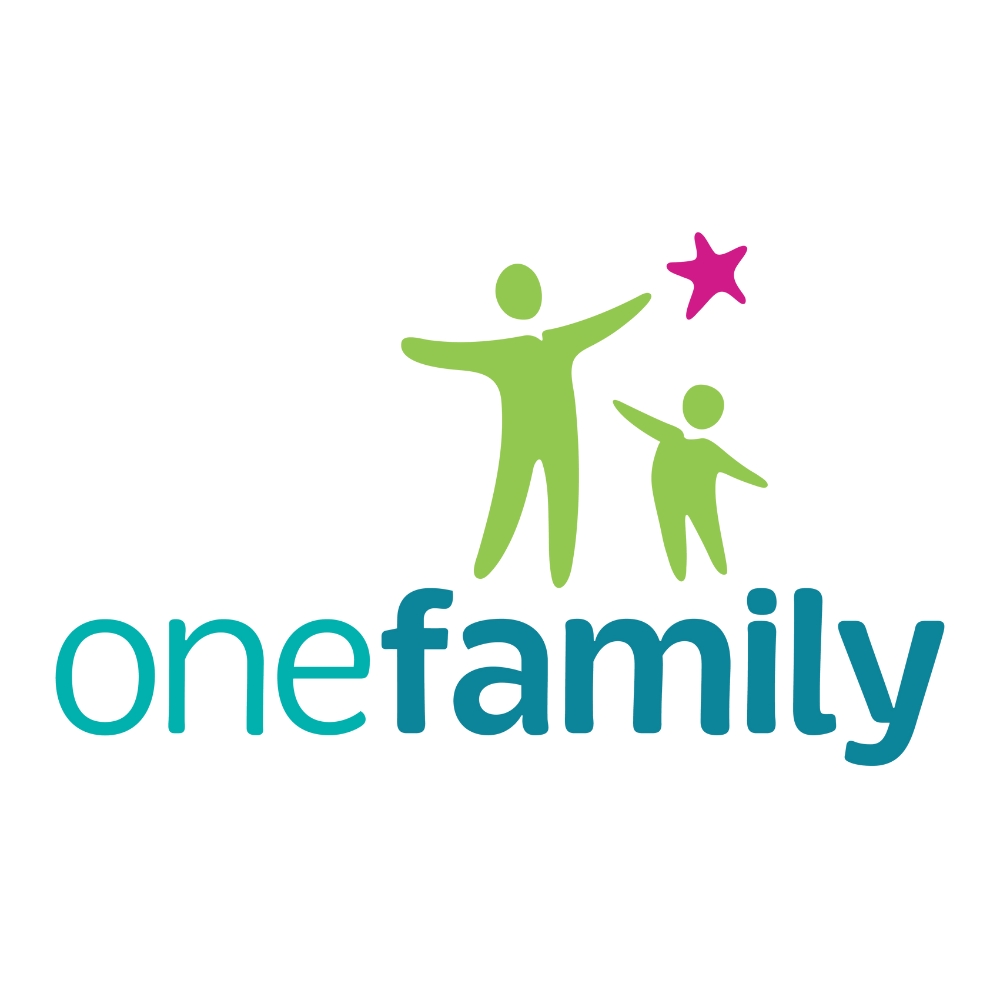Back to Education Allowance
What is the Back to Education Allowance?
The Back to Education Allowance (BTEA) is a financial support allowance available to people receiving certain social welfare payments for specified periods of time.
Your choice of course must be full-time to be considered for the BTEA.
How do I qualify?
To avail of BTEA you must be at least 21 years of age, or 24 for third level post-graduate course. If you already have an undergraduate degree, then only Higher Diploma courses or Graduate Diploma in Education (NFQ Level 8) can be followed under Back to Education Allowance. You must have been accepted onto a qualifying course which means they must lead to a Quality and Qualifications Ireland (QQI) accreditation.
You must be receiving a social welfare payment;
- for the last three months for second level courses
- And for the last nine months for third level courses.
Time spent on one of the payments below can count towards this qualifying period;
- Jobseeker’s Allowance,
- One Parent Family Payment,
- Jobseeker’s Transition,
- Carer’s Allowance,
- Widow’s Pension or
- Disability Allowance
Other ways you may qualify for BTEA:
- Time spent in Direct Provision or on other social welfare payments or schemes may also help you to qualify. You can check with your local Intreo office if you are not sure.
- If you are aged between 18 and 20 and have been receiving One-Parent Family Payment for the required length of time, and out of education for 2 years, you may also qualify.
- Likewise, if you receive Disability Allowance and are aged 18 or over and receive the payment for the required time, you will also qualify for the Back to Education Allowance.
If I receive the BTEA, will I get to keep my secondary benefits?
If you qualify you may also keep your entitlement to secondary benefits such as the
- Fuel Allowance,
- Rent Supplement or
- Housing Assistance Payment
but any increase in income could affect your entitlement, such as earnings from part-time work while you study.
Am I better off staying on my existing payment?
There are several factors to consider when considering applying for BTEA.
If you are getting One-Parent Family Payment, Disability Allowance, Invalidity Pension or Illness Benefit, you will need to consider whether it is more beneficial for you to apply for the BTEA when you go back to education or to remain on your current payment and apply for a SUSI Student Maintenance Grant.
You have two options in this instance, and you need to work out which will be more beneficial for you financially:
- Staying on Existing Payment
- You can stay on your One-Parent Family Payment or the Jobseeker’s Transitional Payment and apply for a SUSI student maintenance grant. If you choose this option, you will continue to get your One-Parent Family Payment or the Jobseeker’s Transitional payment at your current rate and may qualify for the student grant. However, you may lose any secondary benefits you are getting such as Rent Supplement.
- If you are nearing the end of your entitlement to One-Parent Family Payment or Jobseeker’s Transitional payment, the BTEA may be of greater benefit to you because it is paid for the duration of your course.
- Transfer to BETA
- You can transfer from your One-Parent Family Payment or the Jobseeker’s Transitional payment to the BTEA. If you choose this and you qualify for BTEA, you will not get the maintenance part of the SUSI student grant, but you must still apply to be assessed for the fee component of the student grant, covering the student contribution and tuition fees, if applicable.
- Your rate of payment on BTEA will be the same as the rate of One-Parent Family Payment or Jobseeker’s Transitional payment you were getting and you can keep any secondary benefits you may be getting, including Rent Supplement or the Housing Assistance Payment (HAP).
- Income from paid, part-time employment while you are studying may affect your BTEA. BTEA is means tested in the same way as other qualifying payments such as for One-Parent Family Payment and the Jobseeker’s Transitional payment, which means the first €165 of income from work is disregarded. Income from work will also be means tested for secondary benefits such as Rent Supplement or HAP.
Other factors to consider:
- If you are receiving Jobseeker’s Benefit or Jobseeker’s Allowance, you must apply for and receive the BTEA if you wish to keep a social welfare payment when you go back to education.
- If you are receiving the Jobseeker’s Transitional payment, you can stay on this payment while in full-time education, and also apply for both the student maintenance grant and fees grant.
- However, if you are also living in private rented accommodation and receiving Rent Supplement, you cannot engage in full time education and continue to receive this payment unless you apply for and receive the Back to Education Allowance. Your housing type may also impact on your decision if you are getting a One-Parent Family Payment, especially if you are living in private rented accommodation and are in receipt of Rent Supplement. This restriction does not apply if you are receiving the Housing Assistance Payment (HAP) to help with rental costs. People in receipt of HAP can engage in full time education and stay on One-Parent Family Payment or Jobseeker’s Transitional Payment if that is more beneficial than applying for BTEA.
How do I apply?
When you are accepted on a course, you can complete the BTEA application form, available from your local Intreo Office and return it to the same office. This must be done at least 30 days before the course starts.
Where can I get more information?
More information and a downloadable BETA application form is available below.
